In today’s world, streaming via the internet is the new norm. Particularly, when we talk about earning via those streams, the concept of free streaming for the end user is largely popular. This is because, with increasing accessibility more and more users access it owing to its free nature. When we talk about free streaming, AVOD Vs FAST always comes up.
Though similar in some aspects, on the other hand, they differ largely in deployment and strategy. In this blog, we are going to read about the differences between the two technologies. We will also give you an idea as to what should work best for your business. Both technologies are capturing significant market share. Depending on where they are deployed, their usage can result in financial gains for the end user.
Let’s understand ad supported video and free ad supported video and see what works best for business.
Market Insights on AVOD Vs FAST
Markets for both forms of advertising are flourishing, and to support this claim, here are a few insights.
Statista says the Advertising AVoD market worldwide is anticipated to achieve a revenue of US$48.32bn by 2024. Subsequently, it is expected to exhibit a steady compound annual growth rate CAGR of 9.53% from 2024 to 2027. It will result in a projected market volume of US$63.50bn by 2027. Likewise, subscription video models are just as popular.
Moreover, the number of users in the Advertising AVoD market is projected to reach 3.4bn users by 2027. The user penetration rate is expected to rise from 38.3% in 2024 to 43.2% by 2027. In response to growing trends, streaming services are slowly using the power of AVoD and including it in their hybrid models.
Revenue in the Free ad-supported streaming TV FAST market worldwide is forecasted to reach US$9.68bn in 2024.
Analysts anticipate that the revenue will demonstrate an annual growth rate CAGR of 10.79% from 2024 to 2029. When compared globally, the United States is expected to generate the most revenue US$5,242.00m in 2024.
Analysts project that the average revenue per user in the Free ad-supported streaming TV FAST market will be US$9.99 in 2024.
Both technologies are methods of deploying advertisements. They do so in such a way that the platform owner earns from ads rather than from the content consumers. General users can access it for free. It is one of the very strong reasons for its immense popularity and global acceptance among viewers. Let’s have a look at both these technologies and then decide what works best for you.

What Is AVOD?
AVoD or advertiser video on demand, is a form of deploying ads on video and audio content that is on-demand in nature as the name suggests. It offers free content that is supported by advertisements. Think of it like watching TV with ads except for the fact that here the content is on-demand which means users have the choice to select what they want to watch.
The best example of an AVOD-based streaming setup is undoubtedly YouTube. Amassing huge viewership and monetization opportunities, the Google-backed media giant is mostly free for all its users. Except a condition that there are ads on, before and after the video is concluded as per the needs of the advertiser.
So the next question is how are ads deployed onto the AVOD platform. The ads can be deployed in the form of server-side ad integration where ads are selected by the server randomly and put on the content or client-side ad integration which the name suggests, has more ad deployment flexibility. Regardless of the mode you choose to do so, opting for the right video streaming software solution that can deliver the best ad integration is critical.
Platforms such as Muvi One allow users to deploy AVOD-based video to streaming services spanning across multiple ecosystems with ease. Do take a free trial to learn more about the same.
Benefits & Features of AVOD Streaming
AVOD is one of the most popular forms of monetization due to many reasons. So many new platforms come up every day across multiple industries like gaming, entertainment, and education that take advantage of AVOD monetization to launch and run their product. Here are a few important factors that make AVOD great for business.
Since the content is free, AVOD attracts a huge number of viewers. Just see YouTube. Millions of streaming minutes are clocked every day on the platform and it has now become a hum for budding content creators coining the popular term ‘YouTubers’.
AVOD gives a steady long-term revenue to your platform as advertising video watched anytime regardless of monthly commitments via subscription are rewarded. Artists earn a lot in royalties even years after the publication of their content.
You can place ads before, during, or after content, offering flexibility in ad placement.
Large viewership amounts to better ad rates and that covers better profits. Amazon Prime Video is slowly introducing ads on its platforms.
Many AVOD platforms support various ad formats, including video ads, display ads, and interactive ads, catering to different advertiser needs.
Limitations of AVOD Streaming
AVOD is undoubtedly a great way to monetize your content but has its limitations.
It is heavily dependent on Ad revenue making it prone to fluctuations in the market so there is never a fixed revenue.
Ad breaks irritate users, and they sometimes prefer subscription-based versions. YouTube learned this and now has an ad-free premium version for on demand content.
Technology is growing faster and ad blockers are being used enabling consumers to bypass watch advertisements. This further bring a dent to profits of this business model.
Premium SVOD services, which may offer ad-free experiences, often compete with AVOD platforms. Viewers may perceive AVOD content as lower quality or less desirable.
To serve targeted ads, AVOD platforms often need to collect and analyze user data, which can raise privacy concerns and require compliance with regulations like GDPR or CCPA.
Streaming content is free for the end user but not for the platform owner. AVOD monetization due to its fluctuations can sometimes lead to losses owing to spending more on storage and streaming than earning from ads.
What Is FAST?
If you’re thinking that FAST services or free ad supported streaming is the same as AVOD, you’re obviously neither wrong nor completely correct. Unlike AVOD gives users on-demand video supported by advertisements, FAST focuses more on linear TV programming on the Internet.
Linear TV programming means scheduled programs that come on your TV except for the fact that with FAST channels, they are deployed via the internet and do not require specific hardware like set-top boxes, dish antennas, etc to access.
Internet-based TV streaming is growing hugely popular and more and more users are cutting the chord. FAST or free ad-supported television is a way of offering television-like scheduled programming supported by ads on any device or platform of the user’s choice. Unlike traditional TV programming, FAST-based internet TV requires minimal resources and can easily have a global reach.
So just like AVOD, FAST also is free for the end user and the cost is borne by the advertiser. However, content that is broadcasted using AVOD is not scheduled and the ones streamed via FAST channels are not on-demand.
FAST channels are very different from AVOD and require completely different ways to deploy. Muvi Playout is one such solution that can help you build your FAST channels and publish them over the internet. Popular streaming tv services go for FAST services and you can do it too now with Muvi Playout.
Benefits & Features of FAST Streaming
FAST channels has its benefits that have ensured it is becoming the new favorite way to access television. The main reason for this is any internet connected device can access it. No more set top boxes and satellites.
Just like AVOD, even FAST streaming service have no subscription fees. Video content completely free to be accessed by the user.
FAST channels create the original TV viewing experience with scheduled programming giving users the nostalgia of watching traditional TV except with better quality and fewer hardware requirements.
The ability to reach large, targeted audiences through linear content makes FAST channels attractive to advertisers, potentially leading to higher ad rates of ad supported content.
Since FAST channels are internet-based, promoters can target a global audience for streaming their content.
FAST platforms can leverage viewer data to deliver targeted advertising, improving ad relevance and effectiveness, which benefits both advertisers and viewers. Traditional broadcast on the other hand are limited in terms of analytics.
It can be viewed on a variety of devices such as smart TVs, mobile phones, tablets, laptops etc.
Limitations of FAST Services Streaming
FAST channels also have its fair share of limitations that you must know before you plan to launch your FAST streaming platform.
FAST platforms rely heavily on advertising revenue, which can be unpredictable and subject to market fluctuations, economic downturns, or changes in advertiser budgets.
Excessive ads make it difficult to watch content and make them switch to subscription models.
Not everyone likes scheduled programs. So people who prefer on-demand content will never be a FAST audience.
Compared to on-demand platforms, FAST streaming often lacks personalized viewing experiences, as it relies on a one-size-fits-all approach with scheduled programming.
AVOD Vs FAST: A Detailed Comparison
You now have an idea of how FAST and AVOD platforms are similar and different at the same time. Therefore, you can decide what works best for your business. Here is a quick table for your reference.
| Category | AVOD | FAST |
| Content Delivery | On-demand content delivery with ads | Scheduled programming with ads |
| Content Library | A large selection of content to choose from | A large collection of channels to choose from |
| Ad Deployment | Pre-roll, mid-roll, and post-roll as per needs | Pre-roll, mid-roll and post-roll but since its scheduled, it’s often stitched before streaming |
| Market Size (2024) | US$ 48.2 Billion | US$ 9.6 Billion |
| Resources Needed for End User | Minimal | Minimal |

Muvi Playout Internet TV Streaming Solution
Considering going into the immensely growing FAST channel market? We have a software solution that can cater to all your FAST streaming needs. Introducing Muvi Playout, a cloud-based linear TV and FAST channel streaming solution that lets you deploy your content globally.
Features of Muvi Playout
Content is hosted on AWS CloudFront CDN ensuring lightning-fast content delivery across the globe.
Innovative drag-and-drop scheduler to schedule weeks and months of content easily and seamlessly.
Electronic program guide for the users to easily manage user preferences and switch through channels.
Comprehensive ad management from the CMS with SCET -35-based ad support and integration with the scheduler.
Deliver live programming via HLS to any app or platform of your choice via the Internet.
Multi-DRM content security to safeguard your content against piracy attempts.
Not convinced yet, get a free 14-day trial to Muvi Playout and decide what works best for you.
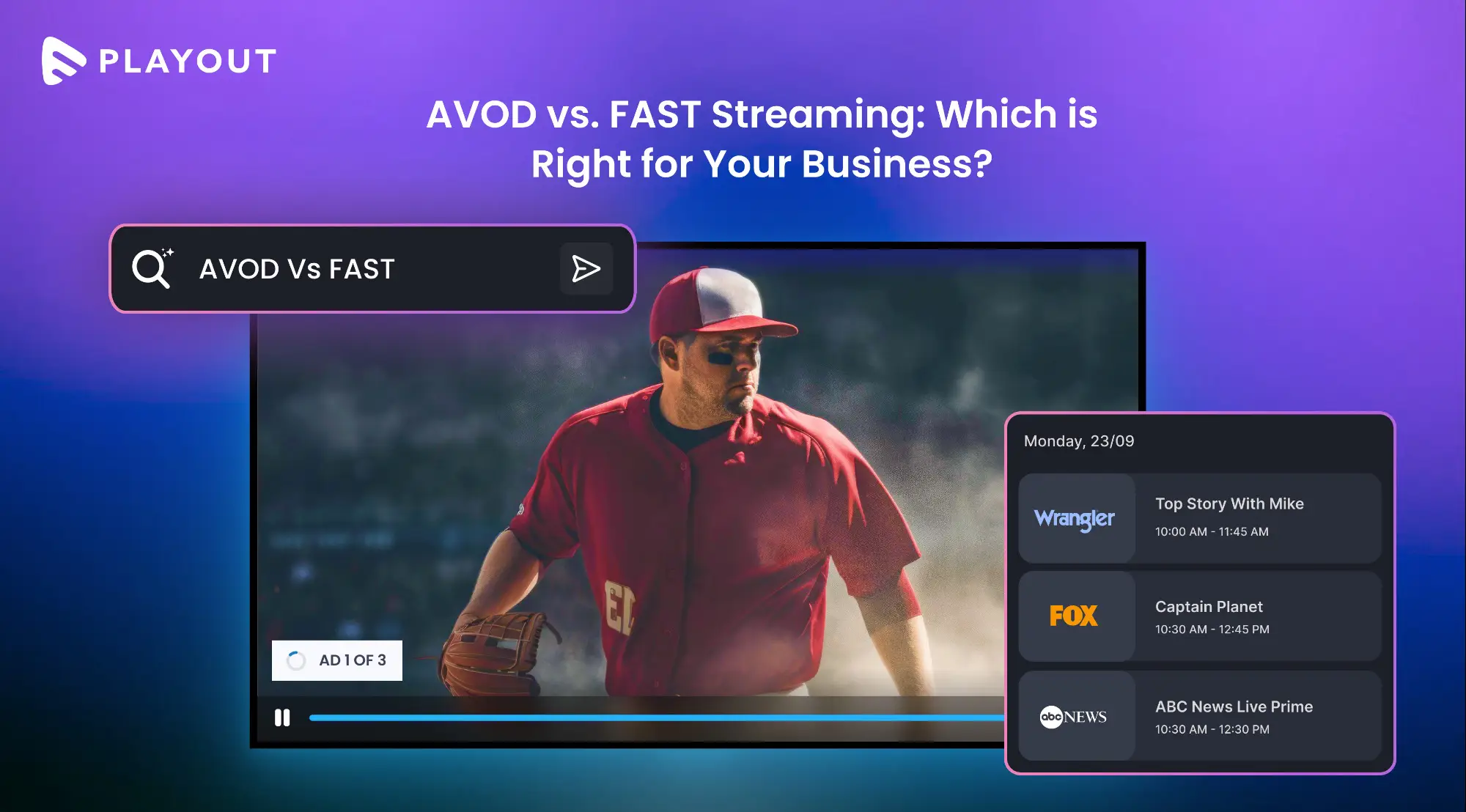




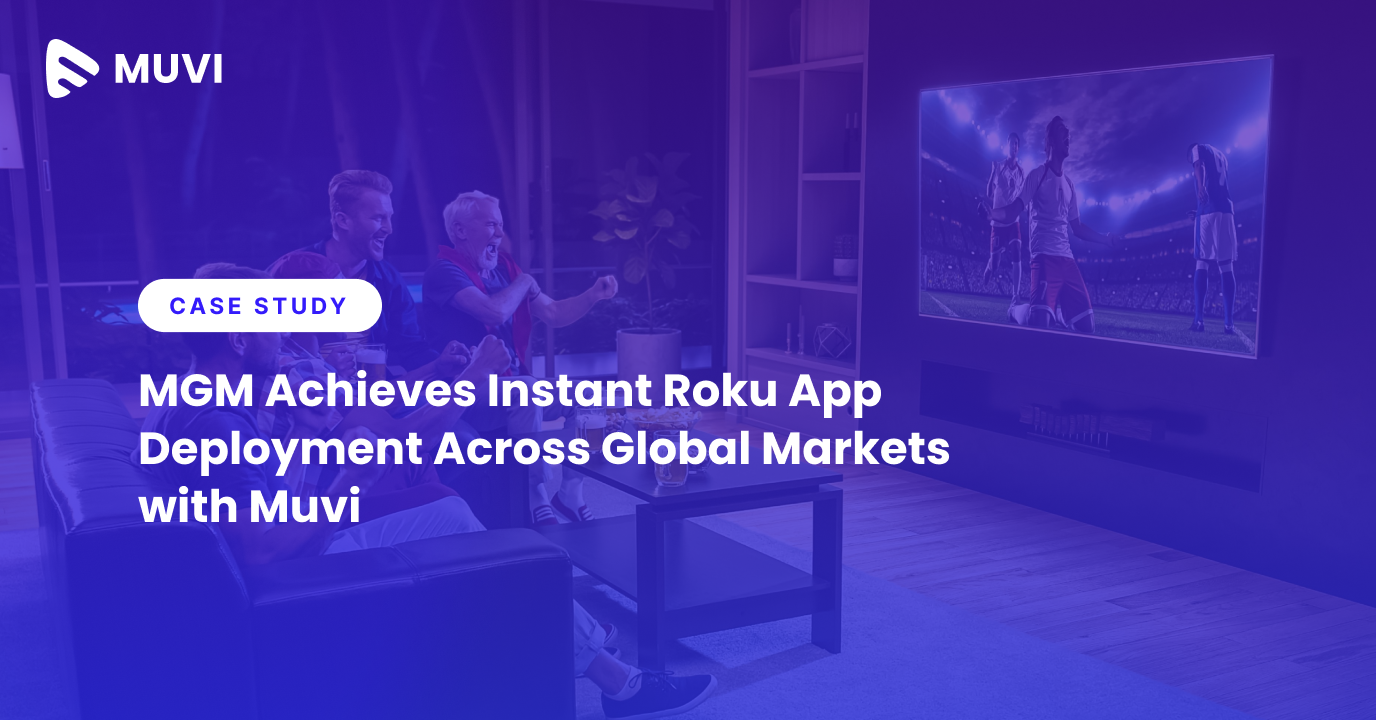
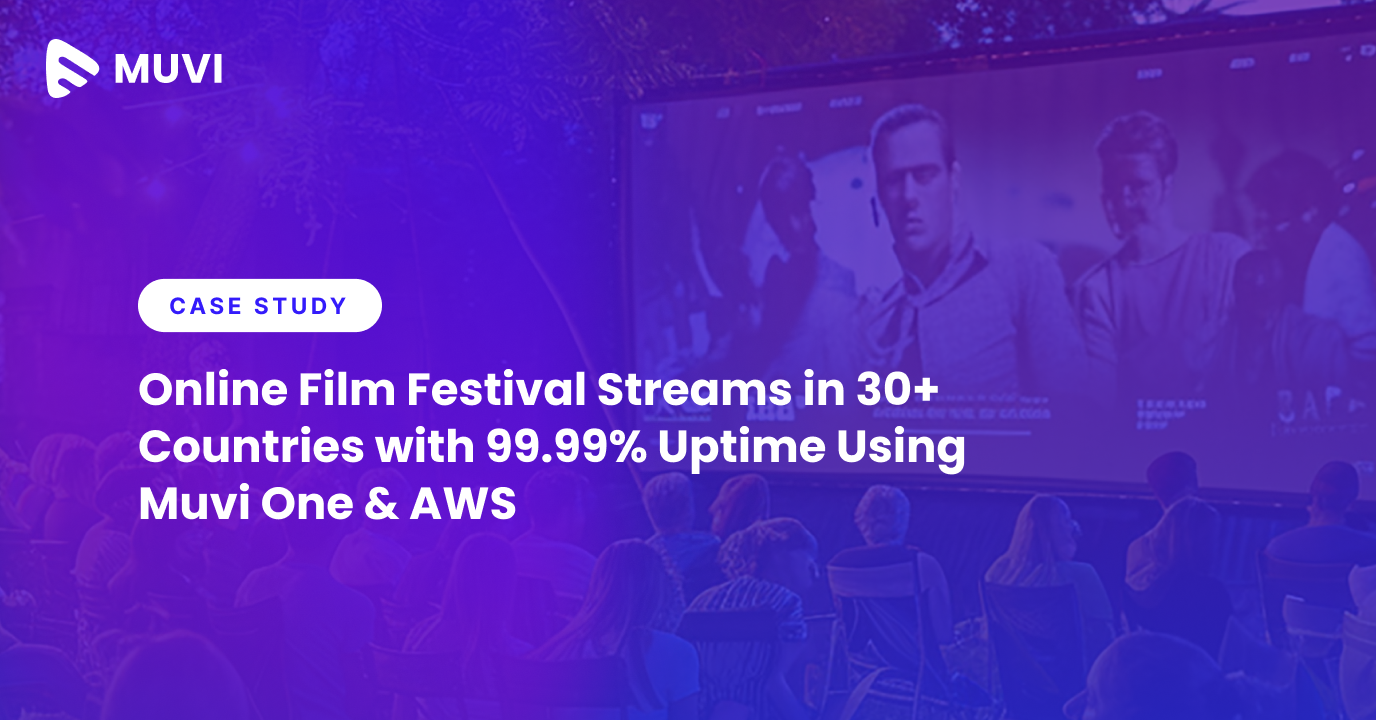




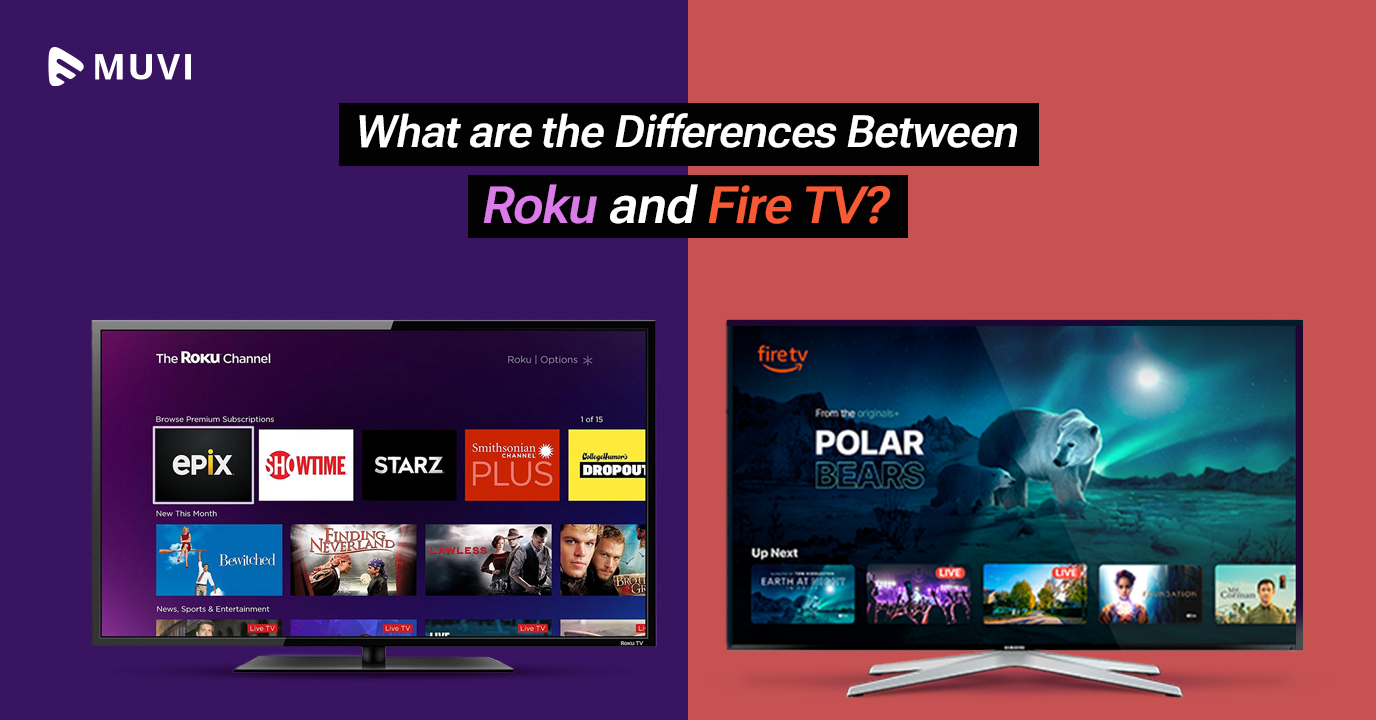
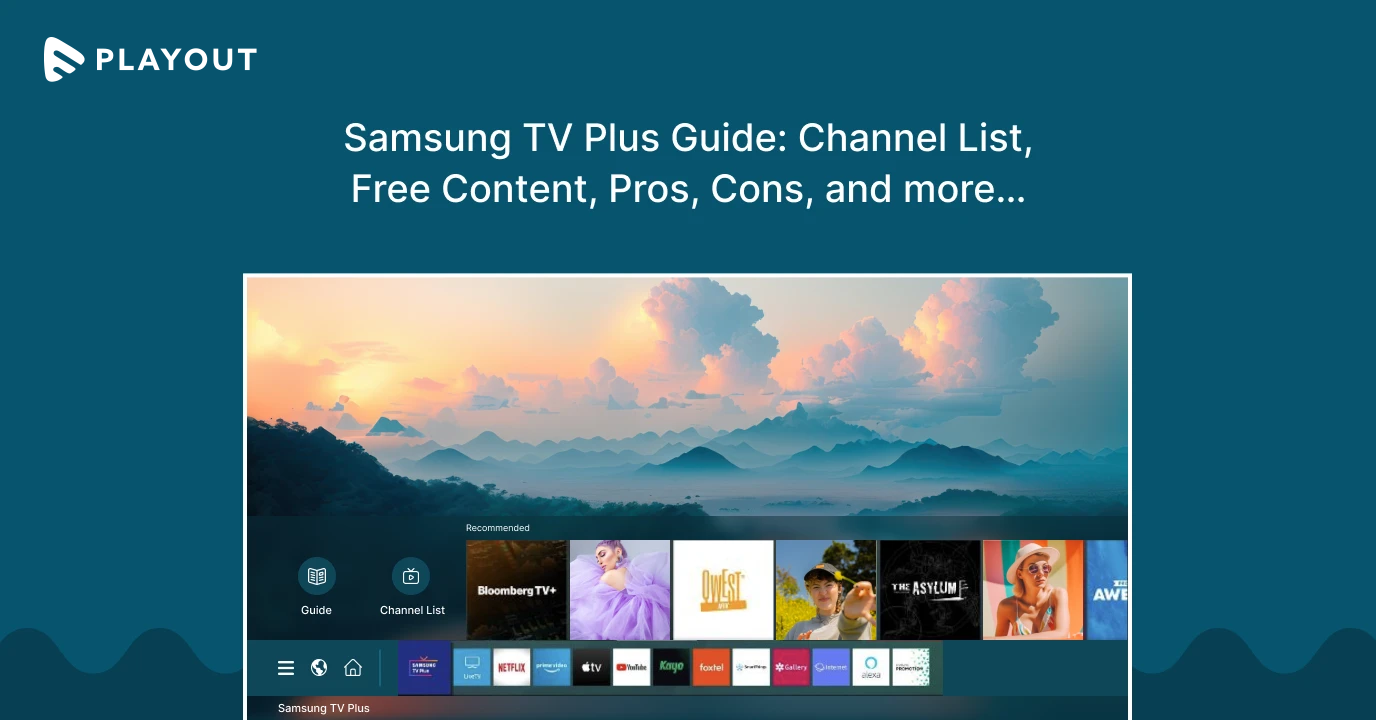
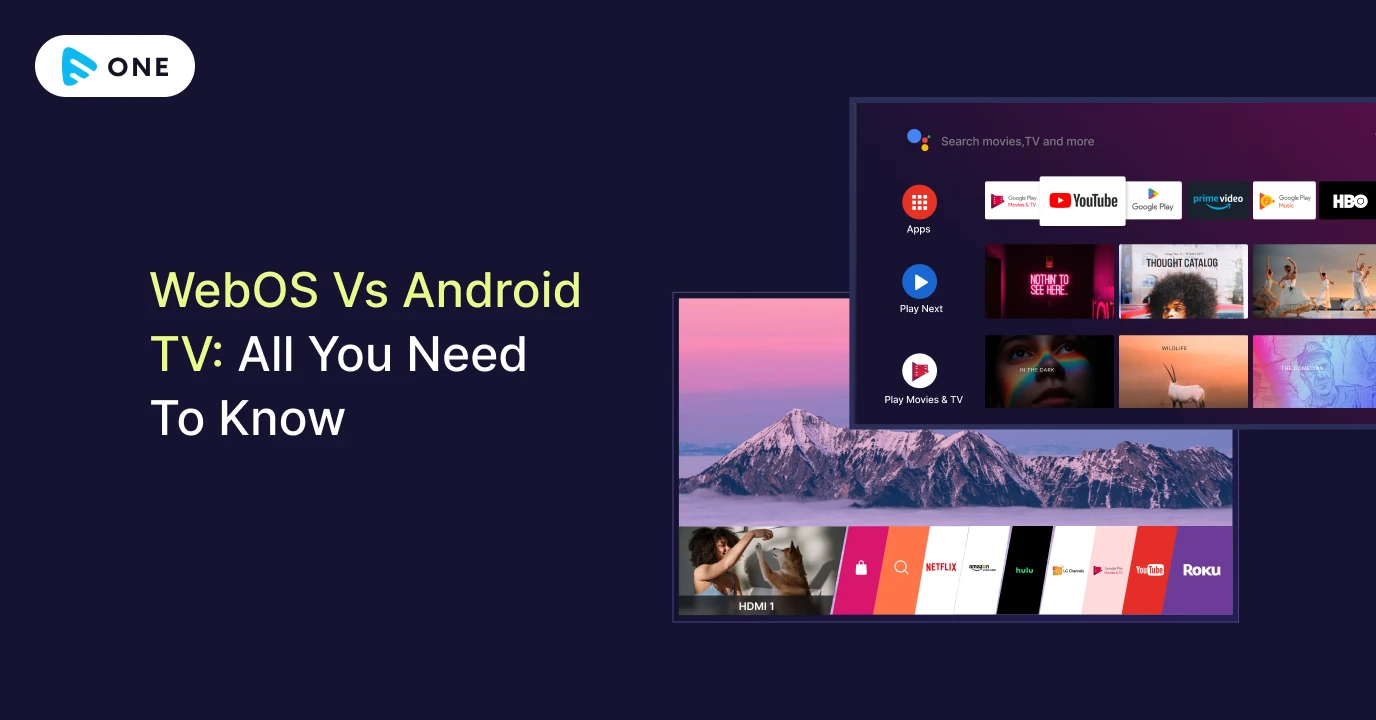



Add your comment